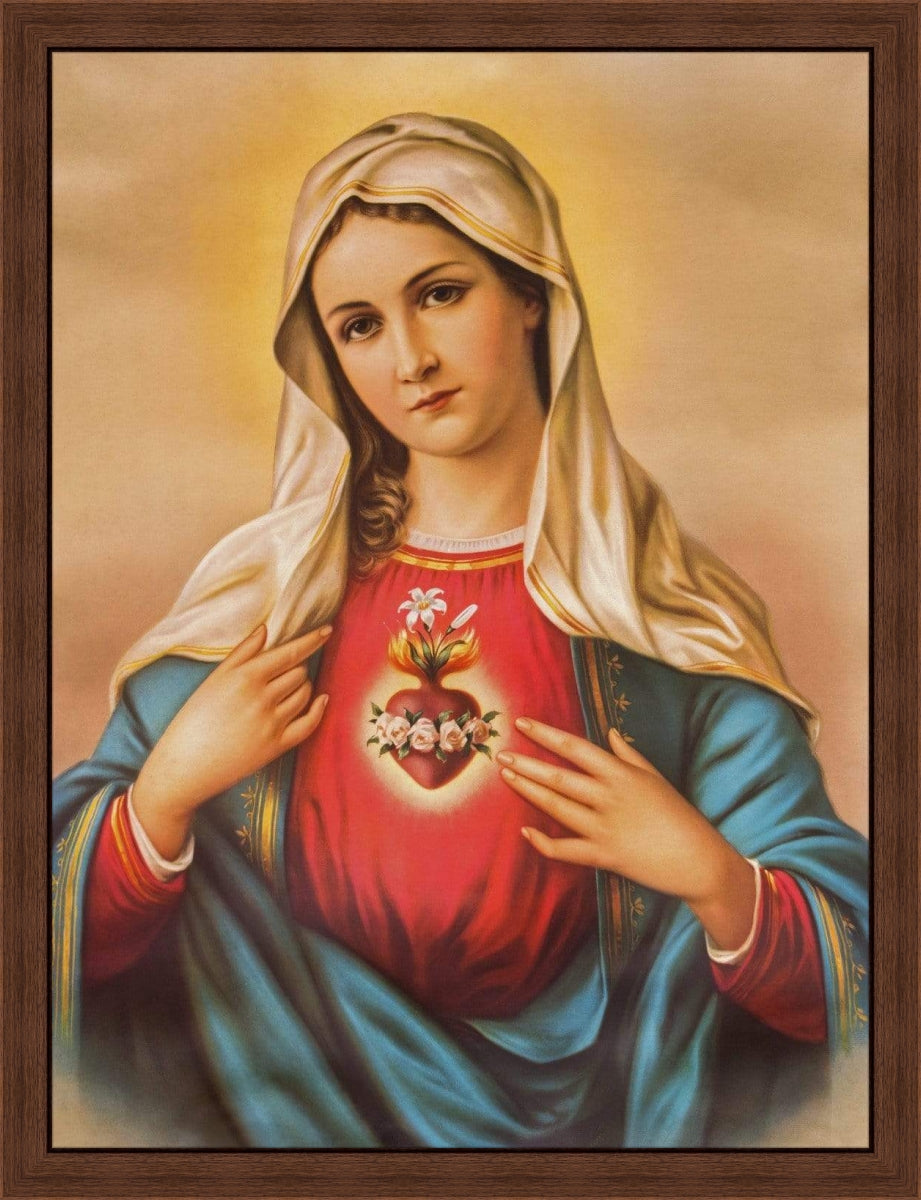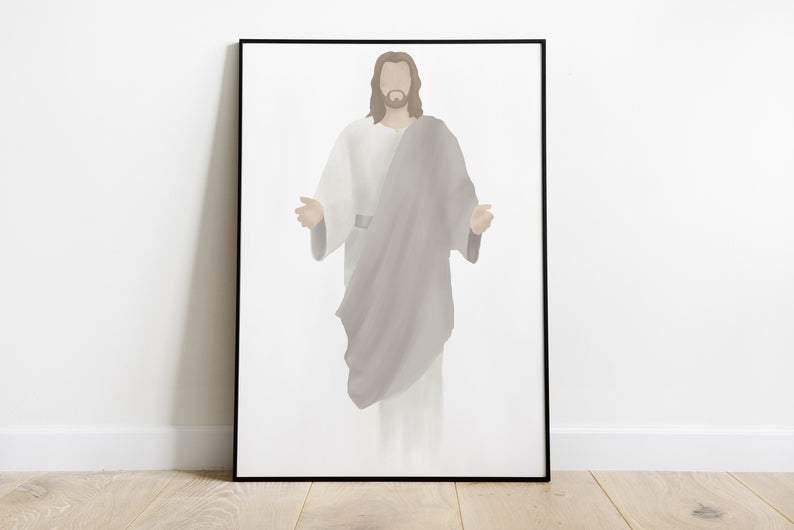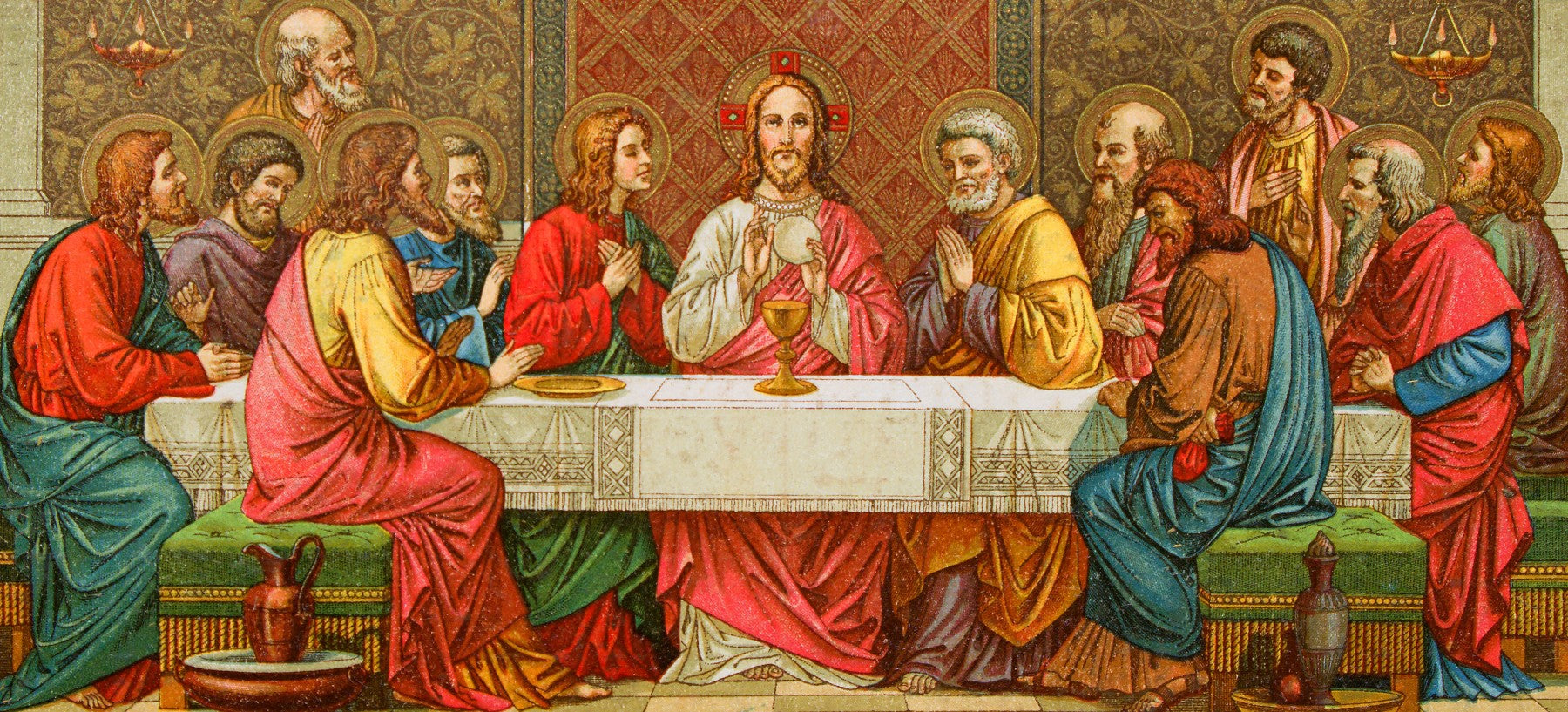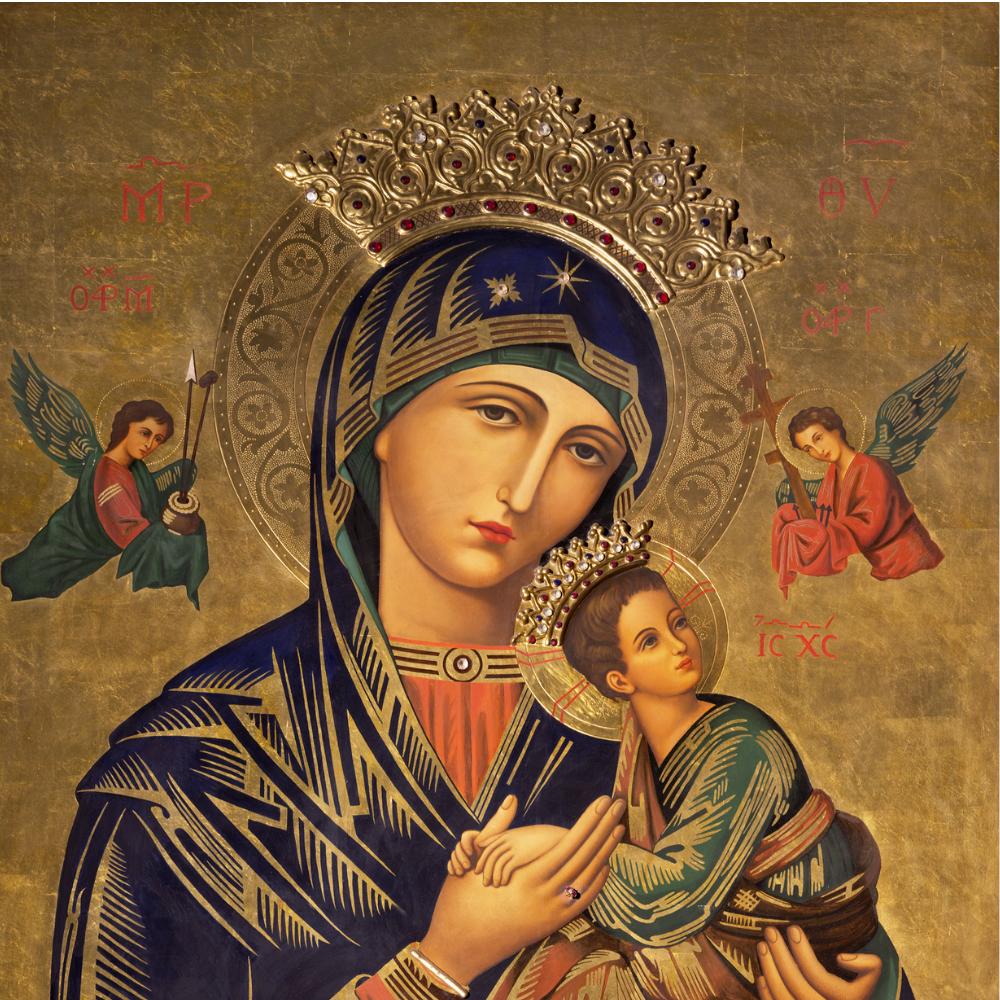Christian Theater and Dance in India: Weaving Biblical Narratives with Classical Art Forms
In a country renowned for its rich tapestry of art, culture, and spirituality, the emergence of Christian theater and dance in India offers a fascinating example of cultural fusion. Here, classical dance forms such as Bharatanatyam, Kathak, and others are being creatively used to depict biblical narratives, bringing together the visual splendor of Indian tradition with the timeless stories of Christianity. This integration not only celebrates artistic expression but also bridges cultural divides, inviting audiences to experience spiritual themes through a uniquely Indian lens.
A Historical Tapestry: Theater, Dance, and Faith in India
India has a long-standing tradition of theatrical and dance performances that have been an integral part of its cultural identity. The ancient practice of Natya—encompassing drama, dance, and music—has been used for centuries to narrate stories of gods, heroes, and moral lessons. Over time, this tradition evolved, and classical dance forms like Bharatanatyam, Kathak, Odissi, and Kuchipudi emerged, each with its own distinct style, costumes, and vocabulary of gestures.
When Christianity took root in India centuries ago—first in the southern state of Kerala and later in regions like Goa and beyond—it brought with it a set of narratives and a rich theological heritage. Although the Christian population in India is a minority, its cultural expressions have flourished in many creative forms. In recent decades, artists and theater groups have begun exploring ways to merge the elegance of classical Indian dance with Christian themes, offering new interpretations of biblical narratives that resonate with both local traditions and universal spiritual truths.
Classical Dance Forms: Translating Biblical Narratives
Bharatanatyam: The Art of Expression
Bharatanatyam, a classical dance form that originated in Tamil Nadu, is known for its intricate hand gestures (mudras), expressive facial expressions (abhinaya), and rhythmic footwork. Traditionally used to narrate stories from Hindu mythology, Bharatanatyam has found new relevance in depicting Christian narratives. The language of dance—its emphasis on storytelling through movement and expression—allows performers to convey complex emotions and spiritual messages without uttering a word.
In productions that reinterpret biblical stories, Bharatanatyam dancers use their repertoire of gestures to represent characters such as Mary, Joseph, and even Christ. For example, the sorrow of Mary at the foot of the cross or the joy of the resurrection can be beautifully expressed through the controlled yet passionate movements characteristic of Bharatanatyam. The dance form’s inherent discipline and focus on spiritual themes make it an ideal medium for exploring the emotional landscape of Christian narratives.
Kathak: The Rhythmic Journey of Faith
Kathak, with its origins in North India, offers another compelling medium for presenting Christian stories. Known for its dynamic spins, intricate footwork, and dramatic storytelling, Kathak has a natural affinity for narratives of transformation and redemption. Performers in Kathak utilize both subtle gestures and vigorous movements to encapsulate the emotional depth of biblical events.
Imagine a Kathak performance that retells the story of the Prodigal Son, with rapid pirouettes symbolizing the inner turmoil of the wayward son and graceful, measured movements representing the father’s boundless forgiveness. Kathak’s ability to convey both joy and sorrow through movement allows for a rich, multi-layered portrayal of Christian parables, making ancient scriptures accessible and emotionally engaging for contemporary audiences.
Other Classical Forms and Their Unique Contributions
Beyond Bharatanatyam and Kathak, other classical dance forms such as Odissi and Kuchipudi have also begun to embrace Christian themes. Odissi, with its lyrical quality and fluid movements, can capture the serenity and transcendence of biblical passages, while Kuchipudi, known for its narrative style and dramatic expressions, is well-suited to portray the complex interplay of faith, doubt, and redemption found in many Christian stories.
Each dance form brings its own cultural nuances and stylistic elements, enriching the narrative with a spectrum of emotions and visual symbolism. This diversity not only highlights the adaptability of classical Indian dance but also underlines the universality of the Christian message, which can transcend cultural boundaries and resonate with people from various backgrounds.
Christian Theater in India: A Unique Blend of Tradition and Modernity
Biblical Plays with an Indian Twist
In addition to dance, Christian theater in India has seen a resurgence as groups experiment with staging biblical plays and musicals that incorporate local cultural elements. These productions often blend traditional Indian storytelling techniques with modern theatrical methods, creating a hybrid art form that is both innovative and deeply rooted in tradition.
The adaptation of biblical narratives for the Indian stage involves a careful balancing act—respecting the sacred texts while infusing them with the rich aesthetics of Indian culture. Costumes, music, and stage design draw heavily from local traditions, creating an immersive environment that invites the audience to experience the stories in a new light. For instance, a play depicting the life of Jesus might feature traditional Indian garments, local musical instruments, and even dialogues in regional languages, making the narrative relatable and engaging for local audiences.
Profile of Notable Theater Groups
Several theater groups across India have taken up the challenge of staging biblical plays with an Indian twist. Here are a few examples of groups that have made significant contributions to this emerging art form:
1. The Divine Stage Ensemble
Based in South India, The Divine Stage Ensemble is renowned for its innovative approach to Christian theater. This group has produced a series of plays that reinterpret biblical narratives through the lens of Indian folklore and classical art forms. Their productions often feature a mix of live classical dance performances, traditional music, and contemporary stagecraft. One of their acclaimed productions retold the story of the Nativity using elements of Bharatanatyam and Kathak, offering a fresh perspective on a familiar tale.
2. Sacred Harmony Theater
Sacred Harmony Theater, operating out of Mumbai, has carved a niche for itself by staging musicals that blend biblical themes with local cultural motifs. Their productions are characterized by powerful musical scores, elaborate costumes, and emotionally charged performances. By incorporating popular local musical styles alongside traditional liturgical music, Sacred Harmony Theater creates a dynamic and accessible portrayal of biblical stories. Their rendition of the Passion of Christ, for example, combined elements of classical dance and contemporary theater to evoke both the sorrow and hope inherent in the narrative.
3. Cross-Cultural Troupe of Faith
This group is a collaborative collective of artists from various parts of India, united by their desire to explore the intersections of faith and art. The Cross-Cultural Troupe of Faith has experimented with multimedia presentations that integrate video, live performance, and digital art to tell biblical stories in innovative ways. Their performances are often held in community centers, churches, and cultural festivals, reaching a wide and diverse audience. By encouraging participation from local communities, this troupe not only stages performances but also fosters an environment of dialogue and cultural exchange.
The Creative Process: From Script to Stage
Collaborative Scriptwriting
Creating a successful production that marries Christian narratives with Indian classical forms begins with the script. Scriptwriters and directors often work closely with theologians, cultural historians, and dance experts to ensure that the adaptation is both theologically sound and artistically compelling. The script must capture the essence of the biblical story while allowing room for the expressive techniques of dance and theater. This collaborative process often leads to a rich tapestry of dialogue, movement, and music that honors both the source material and the local artistic traditions.
Integrating Music and Dance
Music plays a crucial role in both theater and dance, serving as the emotional heartbeat of the performance. In these productions, traditional Indian instruments such as the tabla, mridangam, sitar, and flute are often used alongside Western instruments to create a unique musical blend. Choreographers work hand in hand with musicians to develop dance sequences that reflect the narrative’s emotional arc. Whether it’s the rhythmic beats of a dance battle representing a moment of inner conflict or a gentle melodic passage symbolizing divine grace, the integration of music and dance is key to conveying the spiritual depth of the narrative.
Costuming and Set Design
The visual elements of a production—the costumes, sets, and lighting—are essential in transporting the audience to the world of the narrative. Designers often draw inspiration from both biblical iconography and traditional Indian aesthetics. Costumes may combine elements such as robes and head coverings with vibrant Indian textiles and patterns. Set designs, too, might blend sacred symbols from the Bible with motifs from Indian art, creating a visual dialogue that enriches the overall experience.
Challenges and Opportunities in Christian Theater and Dance
Navigating Cultural Sensitivities
One of the major challenges in staging Christian narratives within an Indian cultural context is navigating the complex interplay of religious identities. India is a land of diverse faiths, and while the artistic fusion is celebrated by many, it also requires a delicate approach to ensure that the portrayal of biblical stories is respectful and inclusive. Artists must be mindful of cultural sensitivities, balancing creative expression with respect for both Christian traditions and local cultural norms.
Opportunities for Interfaith Dialogue
Despite these challenges, the fusion of Christian themes with Indian classical art forms presents tremendous opportunities for interfaith dialogue and cultural exchange. By presenting biblical narratives through familiar artistic languages, these productions can foster greater understanding and appreciation among diverse audiences. They provide a platform for conversations about faith, tradition, and the universal search for meaning—conversations that can bridge divides and build community.
Expanding the Reach of Christian Narratives
The innovative approaches of theater groups and dance companies in India have opened new avenues for evangelization and spiritual reflection. In a rapidly modernizing world, these artistic expressions offer an alternative medium for conveying the messages of hope, redemption, and love found in Christian teachings. By leveraging traditional art forms that have deep cultural resonance, these productions can reach audiences that might otherwise be disengaged from conventional religious discourse.
The Road Ahead: Inspiring Future Generations
As Christian theater and dance continue to evolve in India, they pave the way for future generations of artists, performers, and audiences to explore the intersection of faith and art. Educational workshops, collaborative projects, and inter-parish festivals are increasingly providing platforms for emerging talents to learn, experiment, and contribute to this dynamic art form. By nurturing a new generation of creative practitioners who are well-versed in both classical dance techniques and biblical storytelling, the tradition of blending Indian cultural heritage with Christian narratives is set to flourish.
This artistic evolution is not just about entertainment; it is a living ministry. Each performance, each dance sequence, and each theatrical portrayal is a testament to the transformative power of art to communicate spiritual truths. The journey of these artists and theater groups is a celebration of creativity, resilience, and the universal language of hope and faith.
Conclusion
Christian theater and dance in India represent a vibrant confluence of tradition and innovation. By harnessing the expressive power of classical dance forms such as Bharatanatyam, Kathak, Odissi, and Kuchipudi, artists are bringing biblical narratives to life in ways that resonate deeply with both local and global audiences. The creative efforts of theater groups that stage biblical plays or musicals with an Indian twist demonstrate that the message of the Gospel can be expressed through diverse and dynamic artistic languages.
From the intricate gestures of Bharatanatyam to the rhythmic storytelling of Kathak, these art forms serve as powerful mediums for conveying the emotions, struggles, and triumphs found in Christian narratives. At the same time, the collaborative spirit of Indian theater—where scriptwriters, musicians, choreographers, and designers come together—ensures that every production is a holistic expression of faith and culture.
As challenges such as cultural sensitivities and the complexities of interfaith dialogue are navigated with care and respect, the opportunities for growth and innovation are immense. These performances not only inspire those who witness them but also foster a broader conversation about the intersection of art, spirituality, and cultural identity. They remind us that, despite differences in tradition or belief, the universal themes of love, redemption, and hope have the power to unite us all.
In celebrating this unique fusion of Christian narratives with Indian classical art forms, we are witnessing the birth of a creative movement that transcends boundaries. It is a movement that not only honors the legacy of both the Church and Indian culture but also inspires future generations to continue exploring the profound connections between faith and art.
May the stages and dance floors of India continue to echo with the rhythms of biblical stories, and may each performance serve as a reminder of the enduring power of creativity to uplift the human spirit and illuminate the path to a deeper understanding of our shared humanity.
In the end, Christian theater and dance in India are more than just performances—they are a dynamic ministry, a cultural celebration, and a testament to the endless possibilities when diverse traditions come together in the spirit of faith. Whether you are an artist, a devout believer, or simply someone who appreciates the beauty of storytelling, these productions invite you to experience the profound magic of art and spirituality intertwined.

















